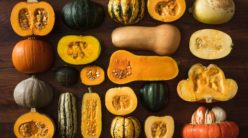[ad_1]
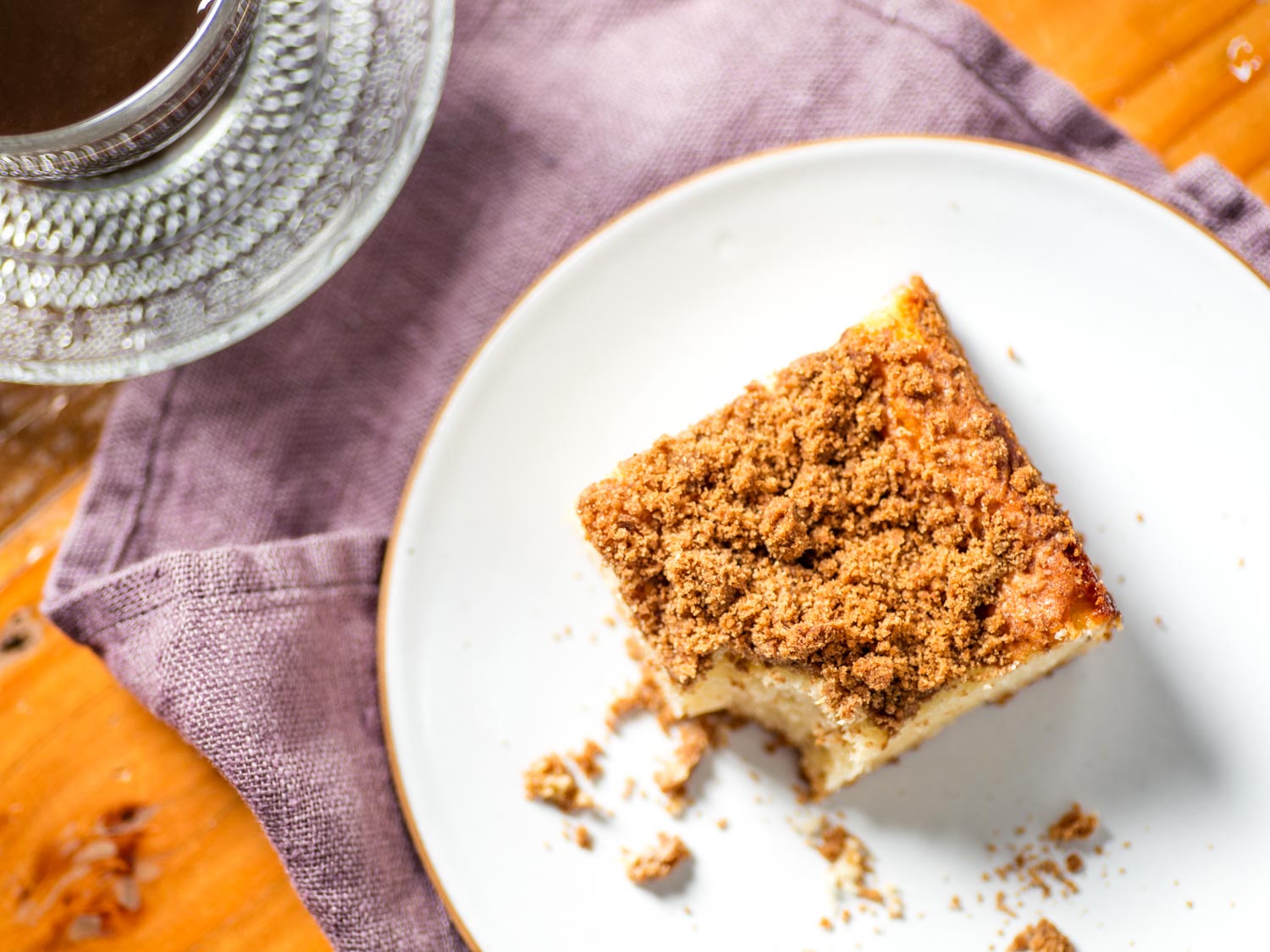
[Photographs: Vicky Wasik]
Most bakers know that a sweltering summer kitchen can wreak havoc on a recipe, but a lesser-known truth is that chilly winter kitchens can cause just as much trouble—albeit of a different sort. When kitchen temperatures dip below 70°F (21°C), pie and cookie doughs can end up dry and crumbly, layer cakes can dome and turn out riddled with tunnels and holes, buttercreams can curdle, and breads can refuse to rise.
Those issues can manifest in subtle ways when it’s only 68°F—so subtle that you may simply write them off as a fluke—but they’ll grow more extreme as the temperature drops. It’s not just that there’s a chill in the air; it’s that any given thermostat setting represents the temperature of our pantry staples and equipment, like flour, sugar, and mixing bowls.
That’s why cranking up the heat or firing up the oven isn’t a solution. The air temperature may suddenly warm to a toasty 72°F, but deep in your pantry, that bag of flour will still be 65°F (or whatever the case may be). Fortunately, you can sidestep these problems altogether if you know which techniques they’re likely to affect.
Creaming Method
Many cake and cookie recipes will call for creaming the butter and sugar until “fluffy and light.” The creaming process will take much longer than indicated when you’re working with chilly ingredients and equipment, so abandon any estimated timetable and stick to the visual cues. Give it time for the butter and sugar to soften and aerate—otherwise, even a simple coffee cake can wind up dense and gummy along the bottom, or else pocked with holes.
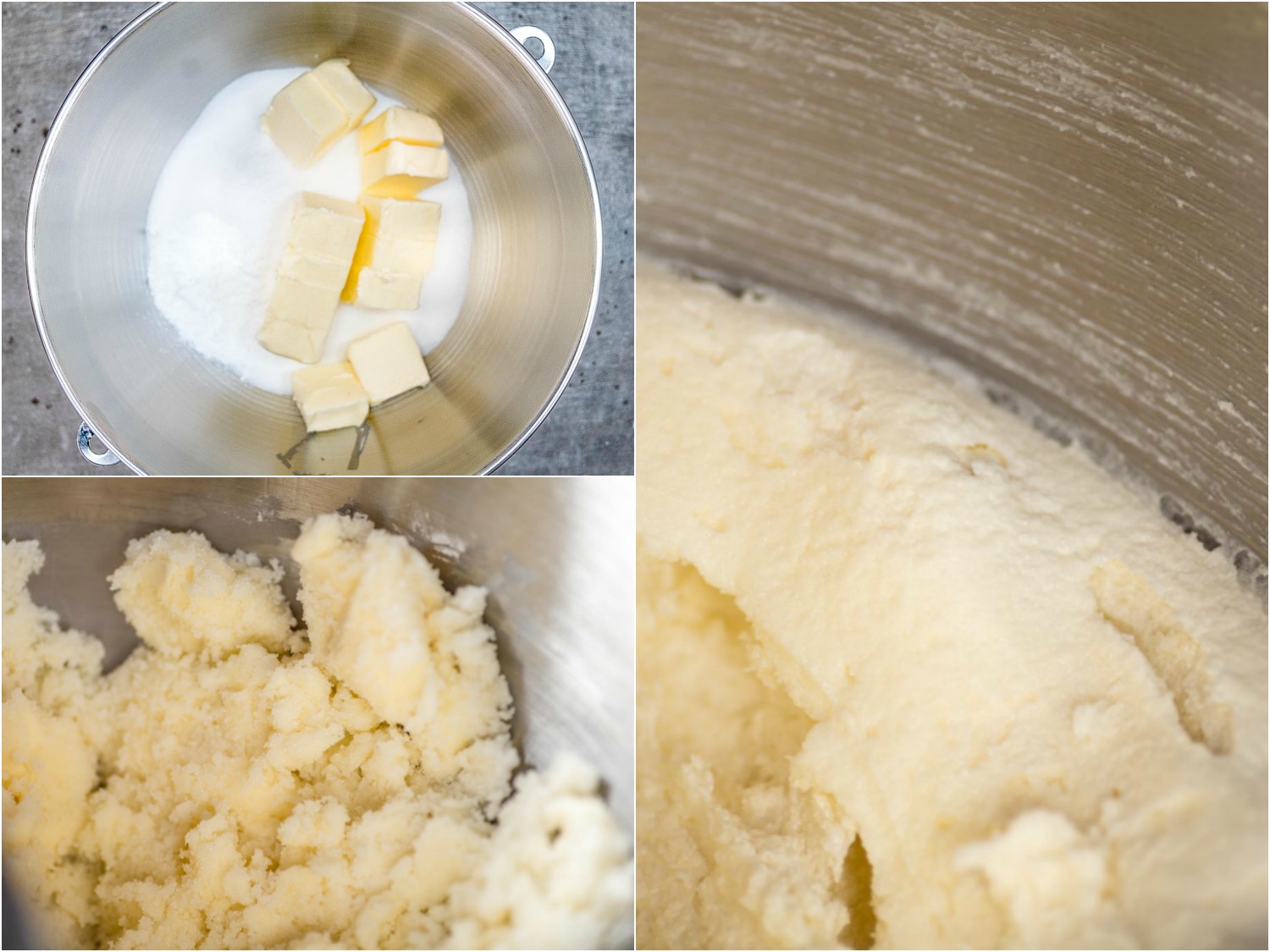
If a kitchen is truly cold, below 65°F (18°C), the process will likely stall out, leaving the butter and sugar smeared around the bowl as a thick, heavy paste that will refuse to budge. In that case, I’ll break out my culinary torch to hit the mixing bowl with a gentle flame (three cheers for stainless steel!) to help loosen the butter. If you don’t have one, grab a hair dryer, or set the bowl over a steaming water bath for just a few seconds to soften, not melt, the butter.
Alternatively, warming the sugar to about 70°F before creaming can help mimic the conditions of a more temperate kitchen. Simply pop a dish of sugar into a low oven for a minute or two, and let it cool down if you overshoot that target temperature. And if you happen to forget about it, don’t worry—that’s how I “invented” toasted sugar.
Emulsifying Eggs
In the realm of baking, most recipes call for “room-temperature” eggs, but the dirty secret of recipe development is that “room temperature” usually means 70°F. So, regardless of the actual temperature in your kitchen, that’s the temperature you should aim for when warming up the eggs. In a bowl of hot tap water (say, 110°F/43°C), it will take about three minutes to warm up as many eggs.
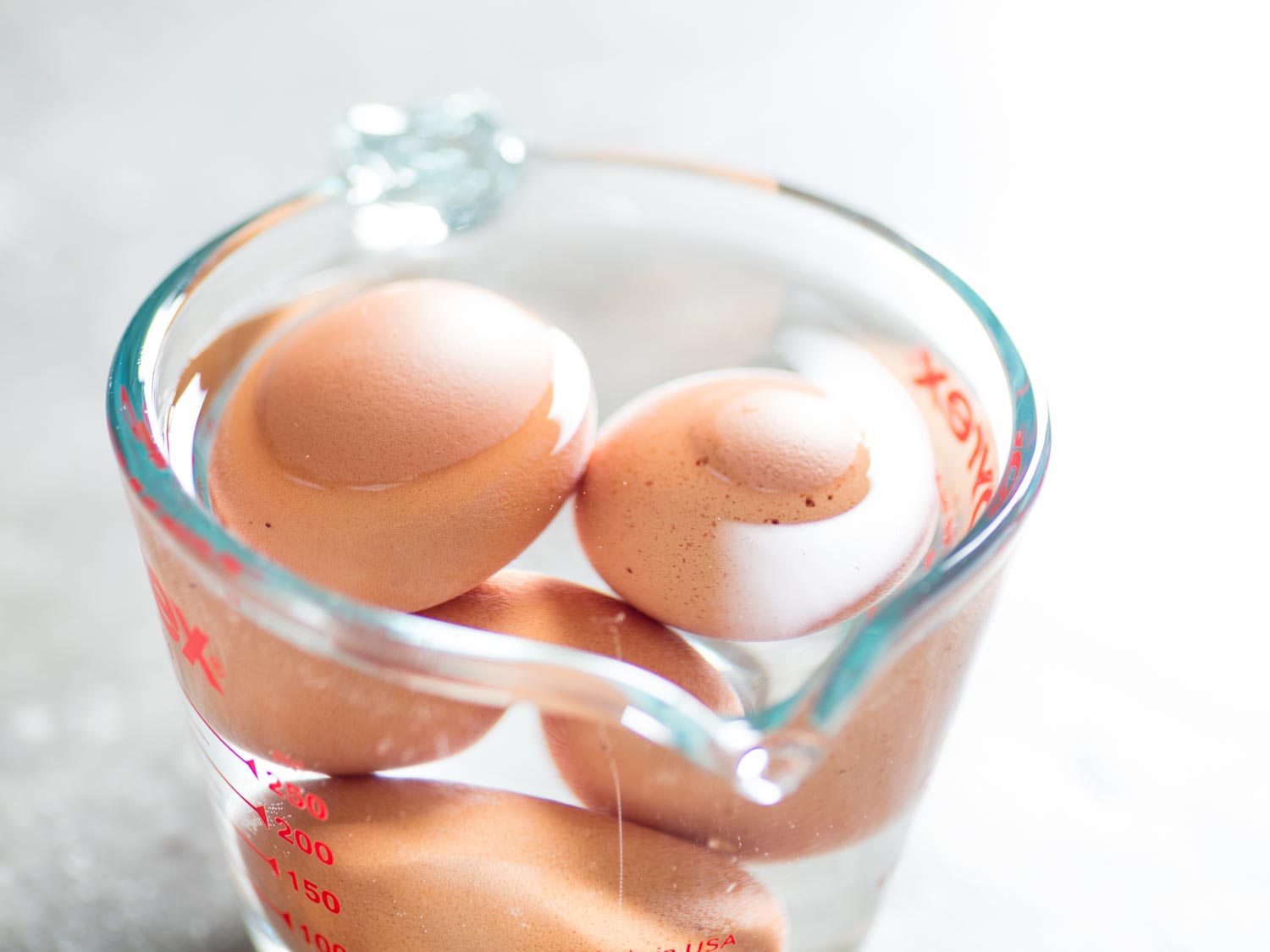
Many of my cookie recipes (such as my old-fashioned chocolate chip cookies) may call for eggs “straight from the fridge” as a method of controlling dough temperature to keep things cool. Of course, that’s not necessary in a cold environment, so consider warming the eggs to 70°F if you need help offsetting the effects of adding cold ingredients, like flour and chocolate, later on.
Kneading Pastry
It’s tempting to think that a pie dough needs more water when it feels stiff, crumbly, and dry in winter months. But when you’re dealing with problems caused by environmental conditions, altering the formula won’t address the underlying issue; it’ll only create new problems. In pie dough, for example, more water means more gluten development, and that makes pie doughs tough and prone to shrinking as they bake. So please, don’t adjust the recipe—adjust the dough temperature.
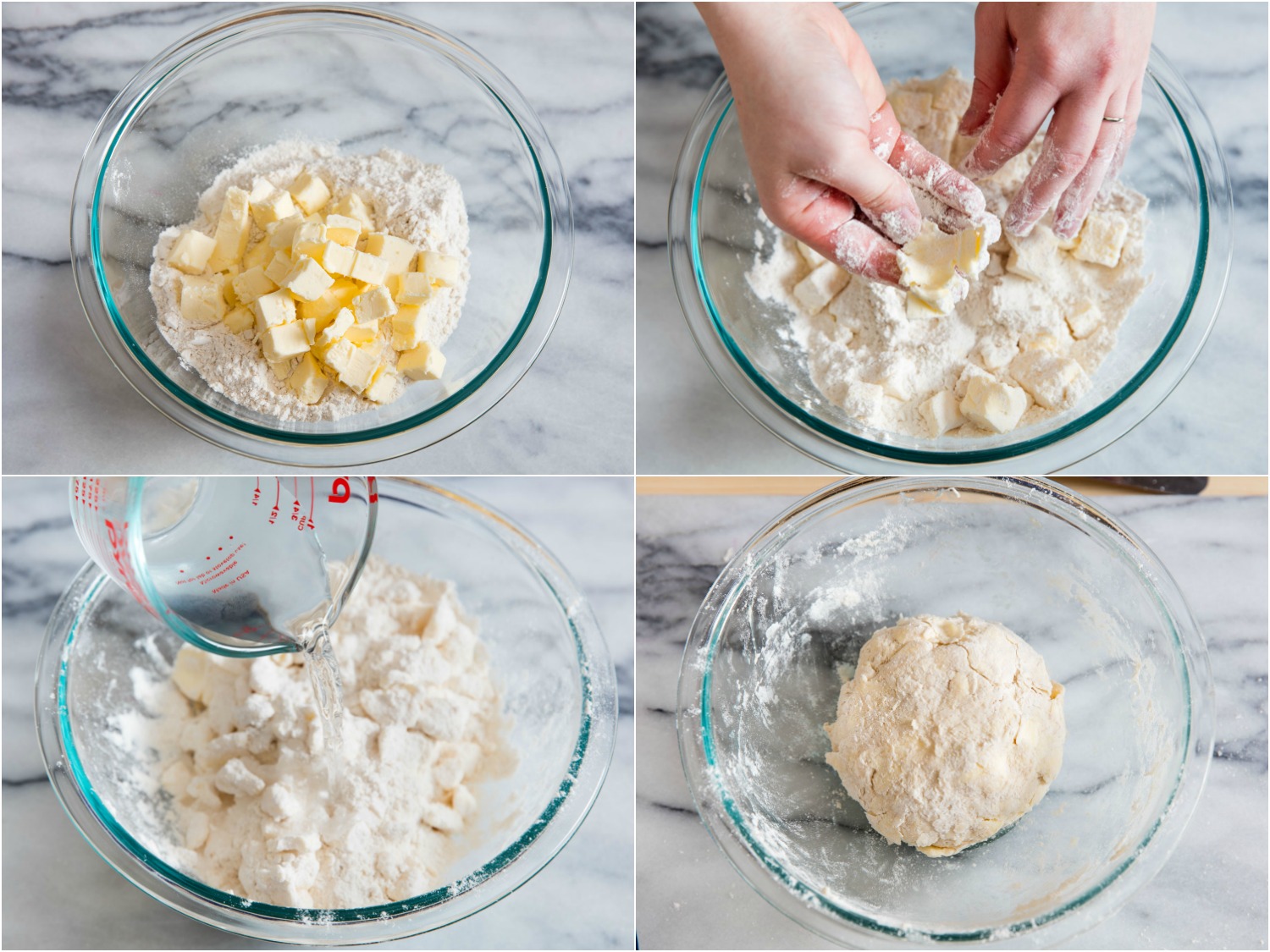
This can be done by simply using 70°F water instead of the cold water most recipes call for. If it’s really frigid in your kitchen, warming the flour to about 70°F can help, too—toss it in a low oven, and let it cool down if you overshoot that goal. The ideal working temperature for pie dough is about 68°F (20°C), so the combination of tepid flour and cold butter should average right out. If the deed is already done, and you’re stuck with a cold dough that cracks and crumbles when rolled, let it sit in a slightly warm environment until it reaches about 68°F, then try again.
Whipping Buttercream
Whether you’re making a classic Swiss meringue buttercream or the custard-based cream cheese buttercream from my book, a cold buttercream is a curdled buttercream. Even when they don’t look like cottage cheese, cold buttercreams have a greasy mouthfeel, and their stiff consistency makes them difficult to spread over a cake.
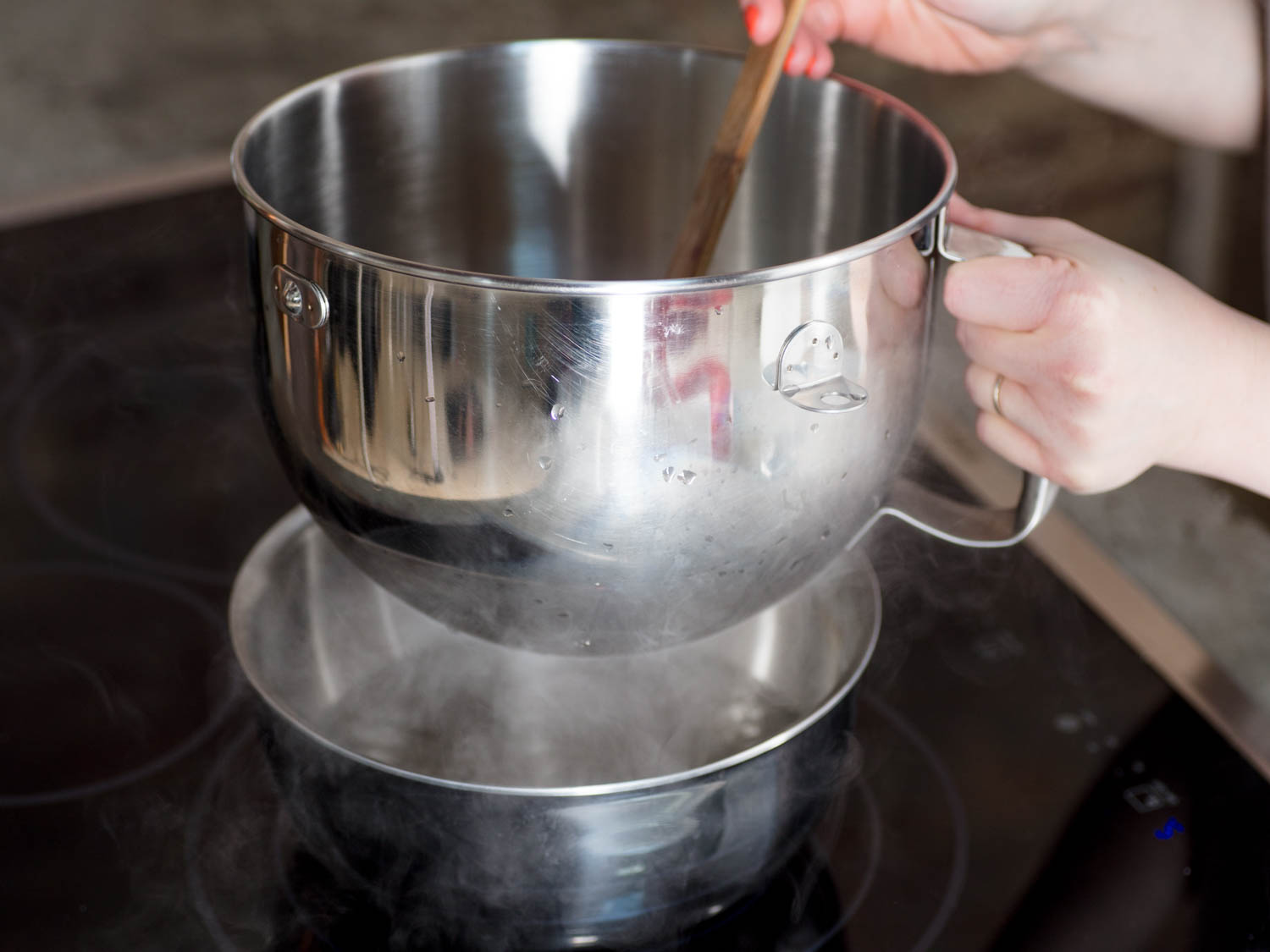
If that happens to you, place the bowl of buttercream over a steaming water bath until it starts to melt around the edges, then return it to the stand mixer and whip until smooth. This can be repeated as needed to achieve a perfectly smooth, silky-soft consistency.
Proofing Bread
Most recipes for yeast-raised breads include details for creating the ideal proofing environment, but many others call for proofing the bread at room temperature. When that falls well below 70°F, the dough will take much longer to rise, which is fine by me. My preference is to go with the flow and pay closer attention to a recipe’s visual cues, such as when my cinnamon roll dough rises until it’s light enough to retain a shallow impression when gently poked.
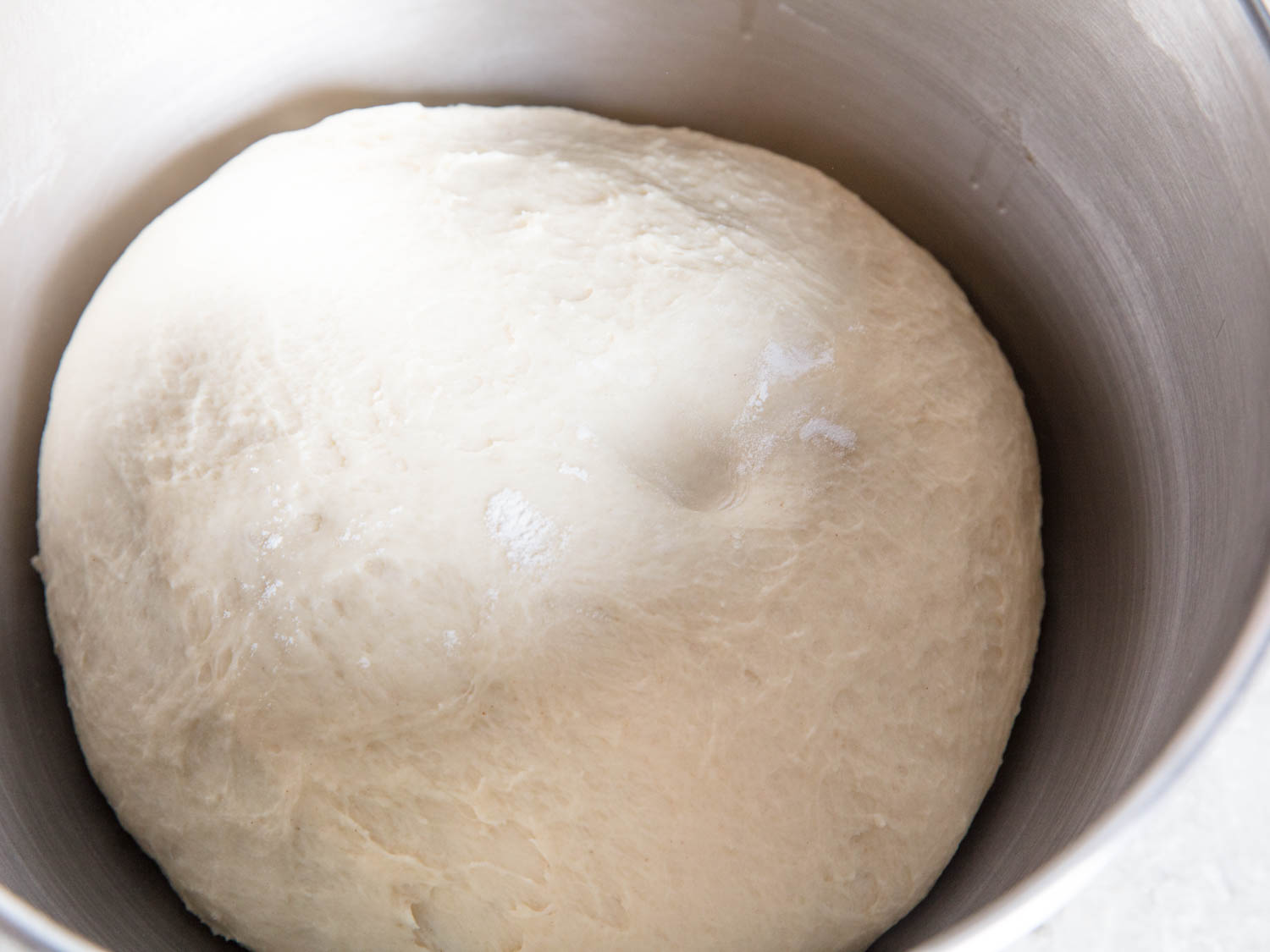
If you’d like to speed things up in a yeast-raised dough, try bringing the flour to about 70°F before getting started. Warmer liquids can help, too, but that can be a riskier move, as it has the potential to harm the yeast. Otherwise, your best bet is to create a warmer environment for the dough. My favorite trick is to microwave a mug of water until it’s boiling-hot, then turn off the microwave and pop in the bowl of dough, essentially turning the microwave itself into a cheater’s proof box.
With any of these steps, the goal is not to get things hot but to more closely mimic the conditions of a 70°F environment, so restraint is key. Since the underlying problem is a baking environment that’s just a little chilly, there’s no need to go to extremes. A gentle nudge by a few degrees in the right direction is all we need to conquer the cold.
[ad_2]
Source link



